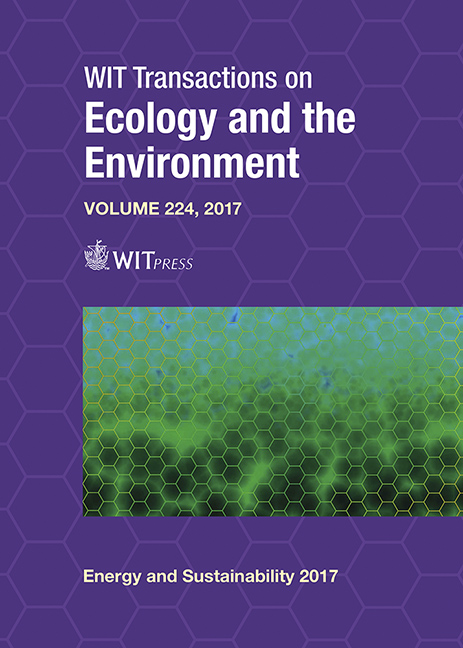NUMERICAL INVESTIGATION OF THERMAL COMFORT IN AN ISOLATED FAMILY HOUSE UNDER NATURAL CROSS-VENTILATION
Price
Free (open access)
Transaction
Volume
224
Pages
8
Page Range
159 - 166
Published
2017
Paper DOI
10.2495/ESUS170151
Copyright
WIT Press
Author(s)
SHERZAD HAWENDI, SHIAN GAO
Abstract
Thermal comfort for naturally ventilated buildings mainly depends on parameters such as the outside weather, building configuration and neighborhood effects. Even though most research works include studies on indoor thermal comfort coupled with outdoor conditions, they are generally limited to singlesided ventilation. In addition, only a very few such investigations employ the human thermal comfort index (PMV) in the analysis of the indoor environment, which is generally held to be more realistic than other indices. Simulations using computational fluid dynamics (CFD) have been carried out for the wind-driven natural ventilation (for a cooling purpose) of a residential building with two inlet openings to understand the relationship between the wind speed and human thermal sensation index. The numerical model is validated against available experimental data. The CFD results show that human thermal comfort is significantly affected by the wind speed, and this factor can be more active in this type of building if the wind has a relatively high speed.
Keywords
natural ventilation, thermal comfort, computational fluid dynamics (CFD), wind speed





